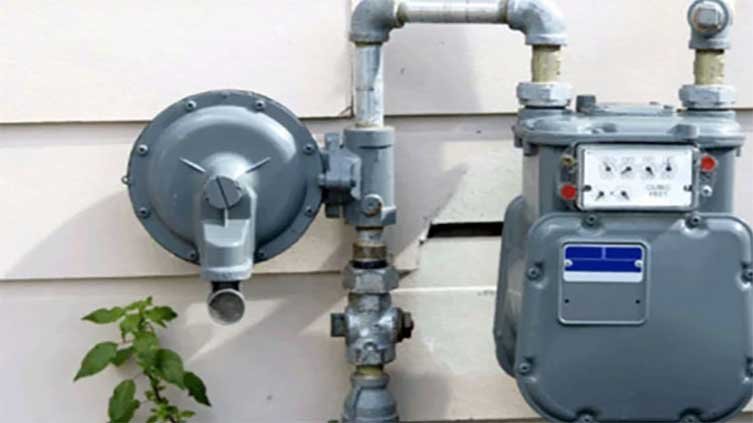Reading your gas meter is an important skill for managing your energy usage and keeping track of your bills. Whether you have a standard dial meter, a digital meter, or a smart meter, understanding how to take accurate readings ensures you’re only billed for what you actually use. Here’s a step-by-step guide on how to read your gas meter.
1. Identify the Type of Gas Meter
First, determine what type of gas meter you have. The three most common types are:
- Dial Meter (Mechanical Meter): A traditional meter with several dials.
- Digital Meter (Electronic Meter): A meter with a digital display showing the reading in numbers.
- Smart Meter: A newer type of meter that automatically sends your usage data to your supplier.
Each meter requires a slightly different method of reading, so make sure you know which type you have.
2. Reading a Dial Meter
A dial meter displays several rotating dials, each of which represents a digit in your gas usage. Here’s how to read it:
- Read from Left to Right: Start from the left-most dial and work your way across.
- Note the Numbers on Each Dial: The dials move in different directions. Some rotate clockwise, while others rotate counterclockwise.
- If the hand is between two numbers, write down the lower number. For example, if the hand is between 3 and 4, write down 3.
- If the hand is directly on a number, write that number down.
- Ignore the Red Dial: The red dial (usually found on the far right) tracks a fraction of the unit of gas, so it’s not usually required for billing purposes.
3. Reading a Digital Meter
Digital meters are simpler to read than dial meters. They show the reading as a series of numbers on a digital display. Here’s how to read it:
- Look for the Main Display: Most digital meters will show the gas usage in cubic meters (m³).
- Note the First Series of Digits: These are the important numbers that represent your total gas usage. Ignore any numbers after the decimal point or any extra digits that represent fractions.
- Check for a Reset Button: Some digital meters have a button that resets the reading. Make sure to avoid pressing it unless you’re sure you need to do so.
4. Reading a Smart Meter
Smart meters automatically transmit your energy usage to your supplier, but you can still read your smart meter manually if you wish to track usage. The process varies by model, but generally:
- Check the Digital Display: Smart meters display the gas usage in cubic meters or kilowatt-hours (kWh).
- Look for the Gas Reading: Typically, the gas reading will be displayed as a series of digits. If your meter shows multiple readings, make sure to note the one for gas, which is often indicated as “G” or “Gas.”
- Avoid Resetting the Meter: Smart meters are designed to update readings automatically, so avoid resetting it unless necessary.
5. Record the Reading
Once you’ve located your reading, write down the number and date it was taken. This ensures you have an accurate record for comparison with your bills.
6. Submit the Reading to Your Supplier
Once you have your reading, you can submit it to your gas supplier. Most suppliers offer several ways to submit your readings:
- Online Portal: Many suppliers allow you to log in to their website and submit your reading.
- Phone or Email: Some companies accept meter readings by phone or email.
- Automated Systems: Some smart meters automatically send readings to the supplier, so make sure you’re set up for automatic meter reading if you have a smart meter.
7. What to Do If You Can’t Read Your Meter
If you have difficulty reading your gas meter, try the following:
- Ask for Help: If you’re unsure, your energy supplier may be able to assist in reading the meter.
- Use a Gas Meter Reading App: Some apps allow you to input your reading and automatically send it to your supplier.
- Contact a Professional: If your meter is damaged or faulty, you may need to contact your supplier or a professional technician for assistance.
Conclusion
Reading your gas meter regularly is an easy way to keep track of your energy usage and ensure you’re only paying for what you use. Whether you have a dial, digital, or smart meter, taking the time to read your meter accurately can help you manage your business’s energy costs and avoid surprises on your bills. Always remember to submit your readings on time to maintain accurate billing.

